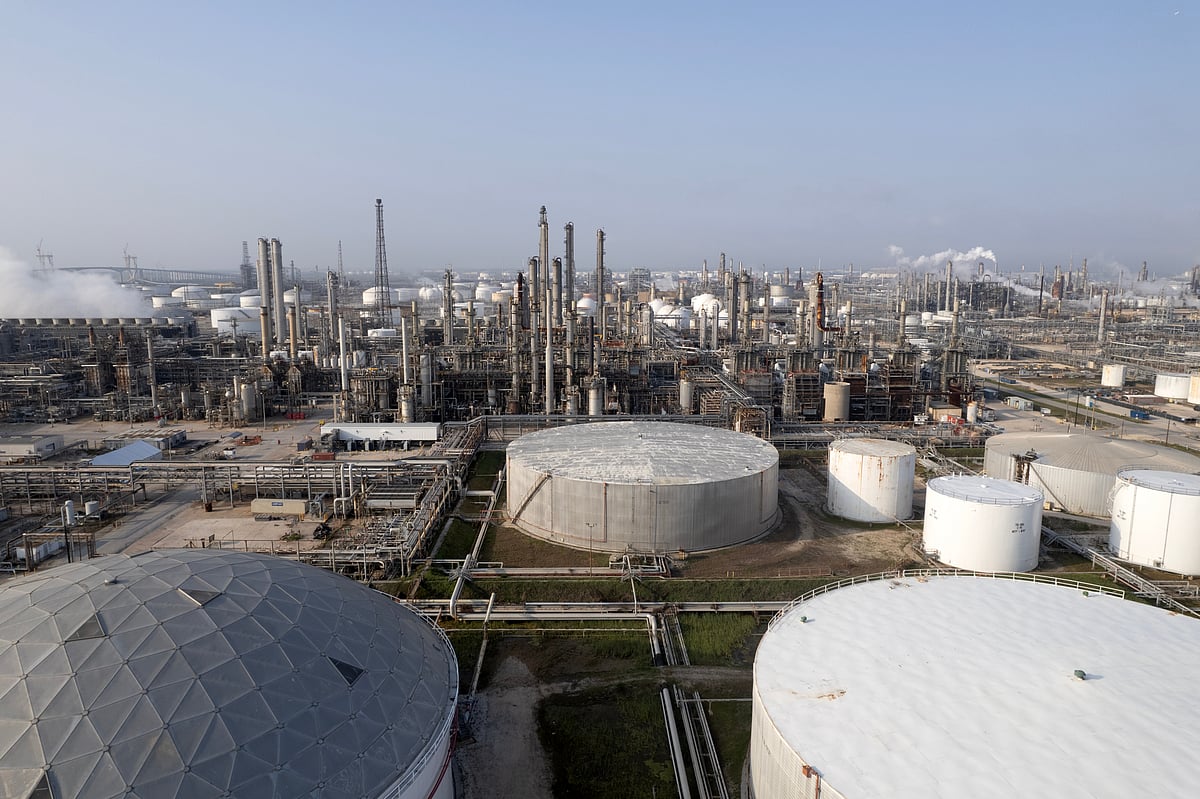Oil prices experienced a significant decline this month, suffering a drop of over 15%. As investors grapple with the latest changes in U.S. trade policy and their potential impact on demand in China, the largest importer of crude oil, the market has been volatile. West Texas Intermediate (WTI) hovered around $60 per barrel after a notable decrease of 3.7% on Thursday, while Brent crude settled at approximately $63 at the same time.
Factors Behind the Decline in Oil Prices
The recent downturn in oil prices can be attributed to escalating fears of a global recession. These concerns have triggered widespread sell-offs across various markets, including U.S. stocks, bonds, and the dollar. The aggressive push for higher tariffs by the U.S. has raised alarms, suggesting that energy demand may soon shrink as economic uncertainties loom.
- Oil Price Statistics:
- WTI for May delivery: $60.11 per barrel as of 6:41 a.m. in Singapore.
- Brent for June settlement: Closed 3.3% lower at $63.33 per barrel.
Temporary Reprieve Followed by Increased Tariffs
On Wednesday, a brief rally in oil prices occurred after President Donald Trump announced a 90-day suspension on escalating tariffs against numerous countries. However, this relief was short-lived as tariffs on China were subsequently increased to 145%. This abrupt change further fueled concerns regarding the future of global trade and its implications for oil demand.
Adjustments in Oil Production and Demand Forecasts
In light of these developments, the U.S. government has revised its projections, lowering expectations for both domestic oil production and global demand growth. These adjustments were made prior to the recent tariff announcements, highlighting the rapidly changing landscape of the oil market.
In conclusion, the combination of shifting trade policies and fears of a worldwide recession continues to exert downward pressure on oil prices. Stakeholders in the energy sector are urged to stay informed and prepare for further market fluctuations as these dynamics evolve.











